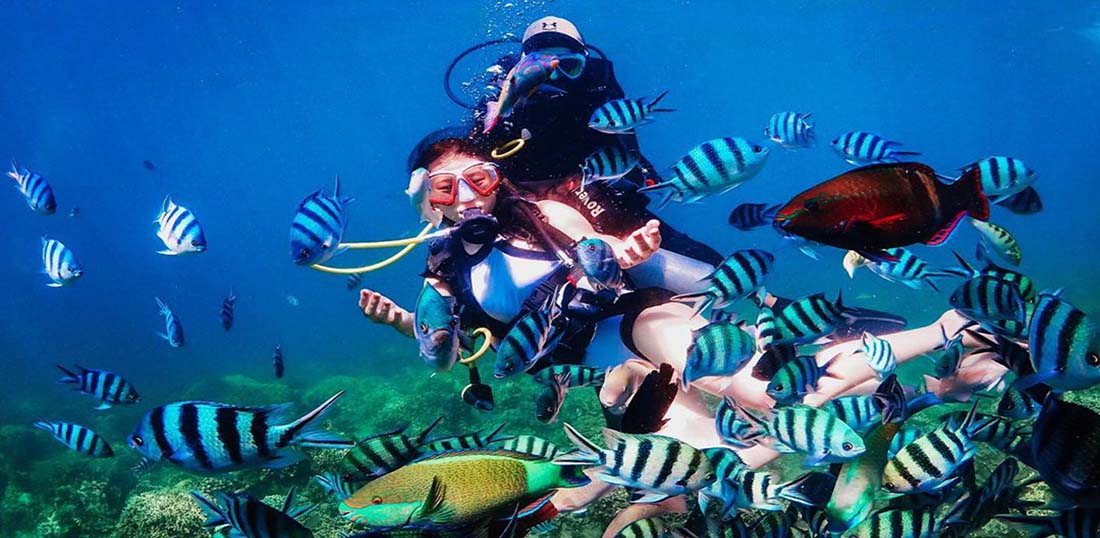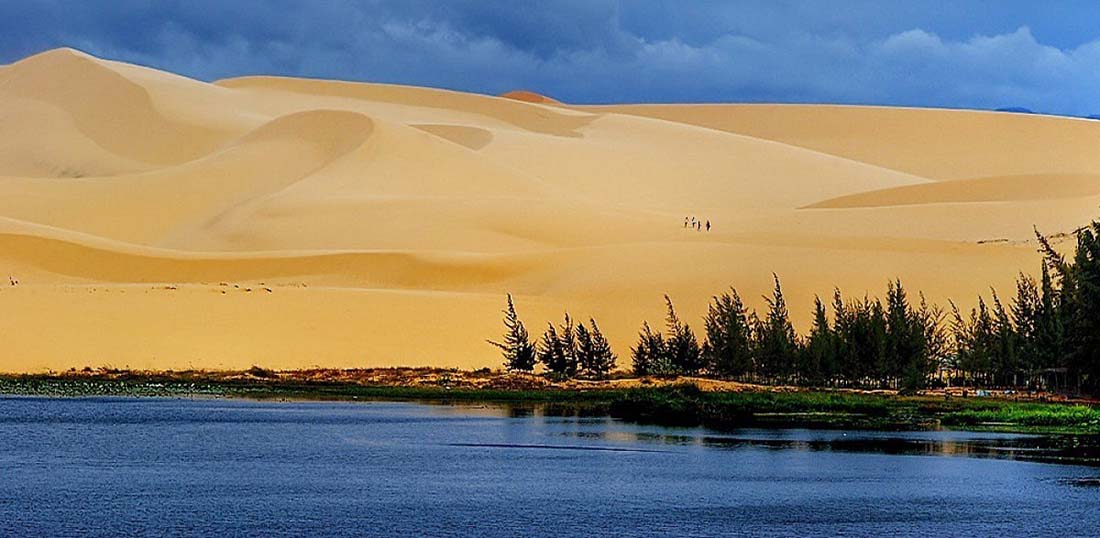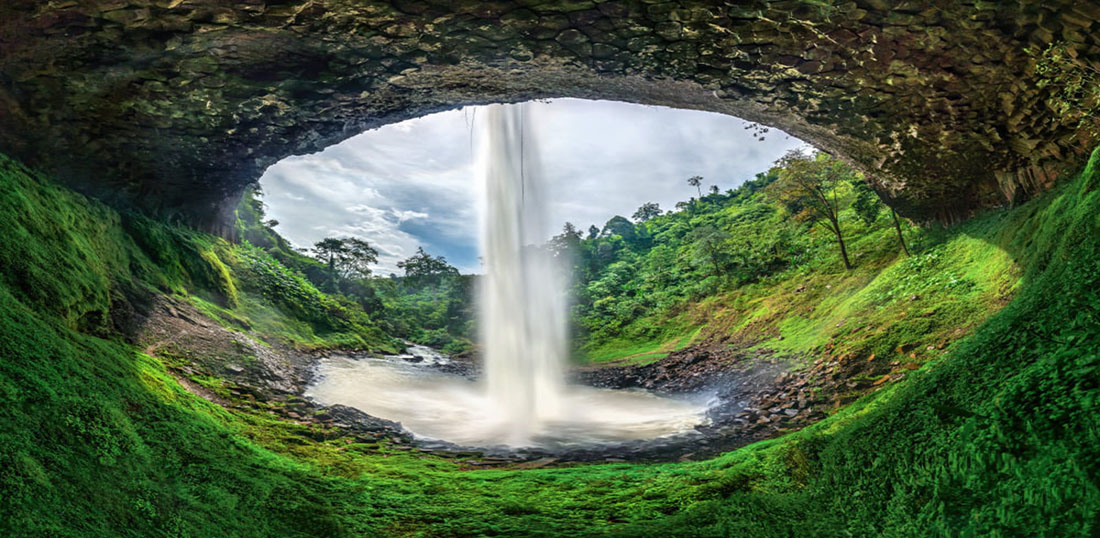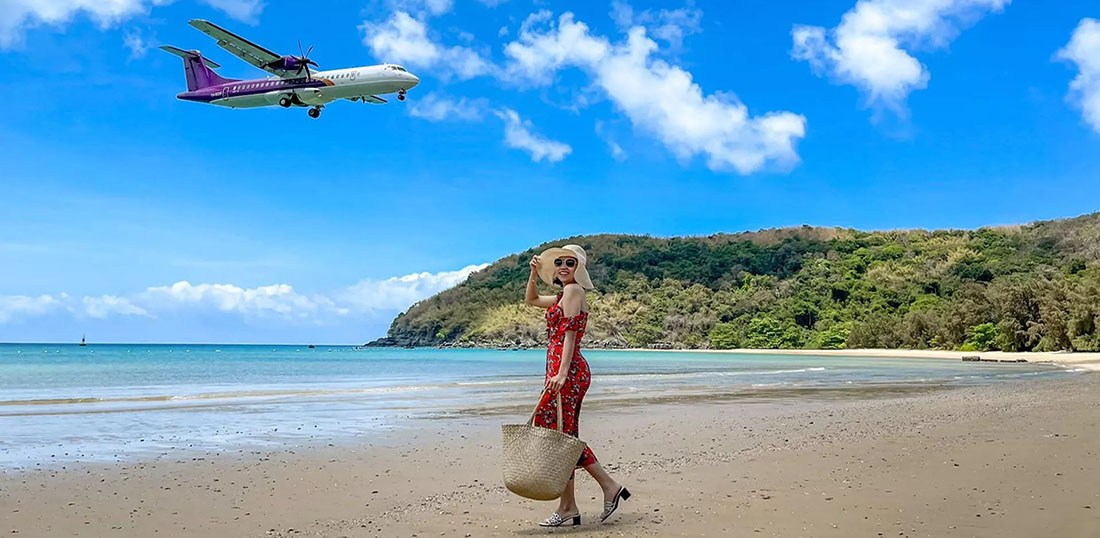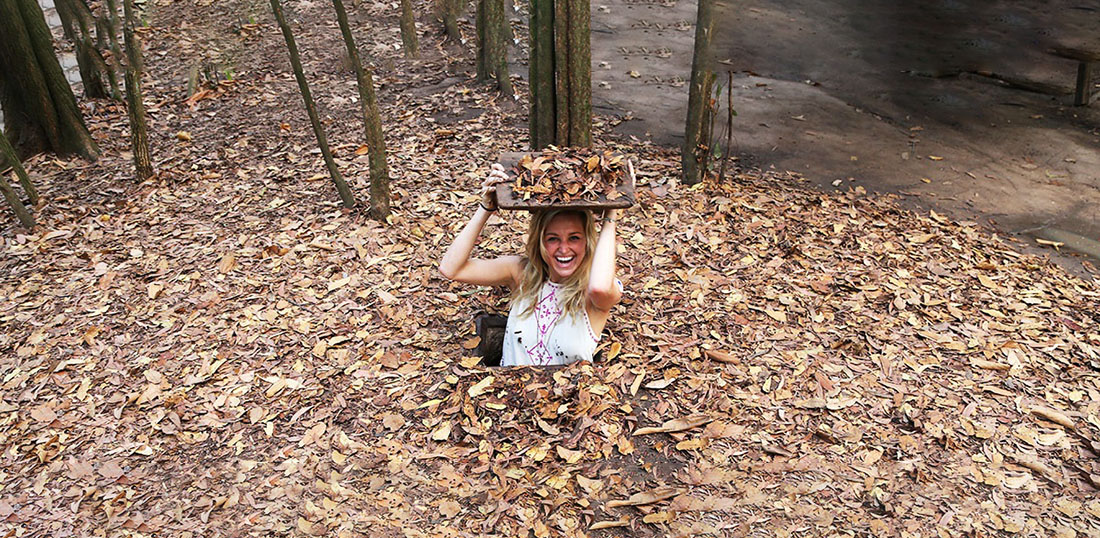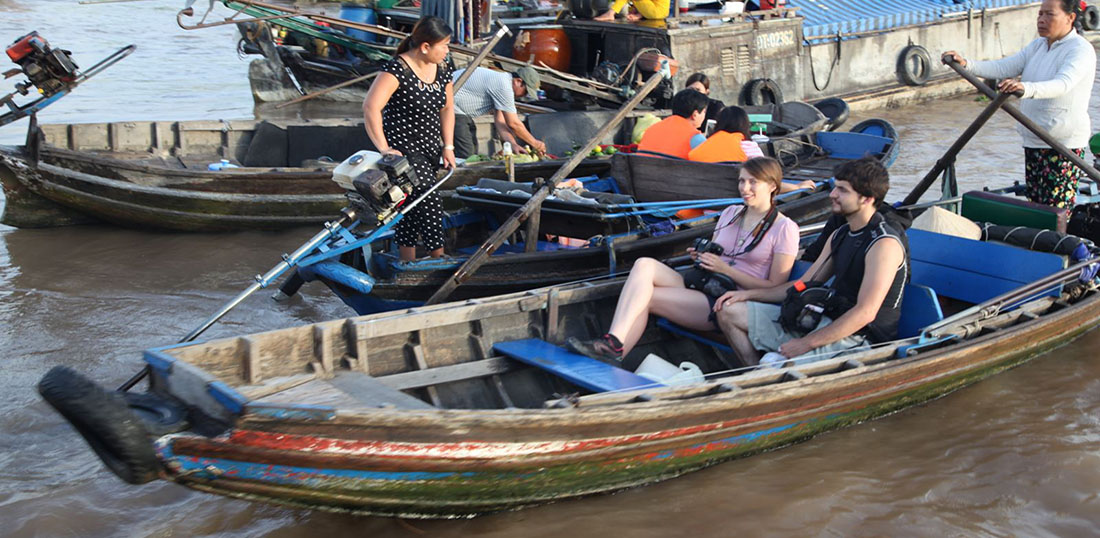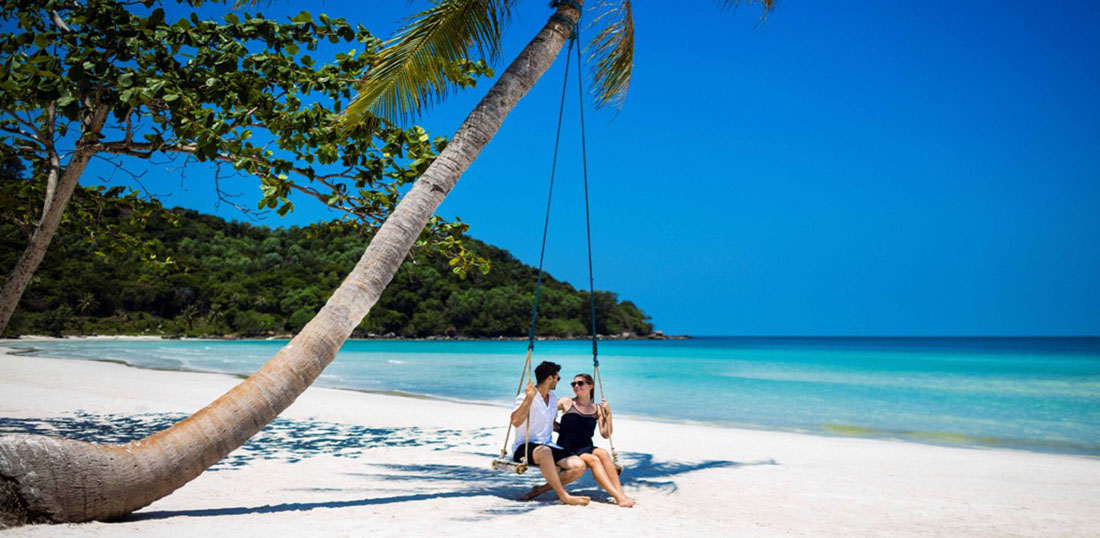Vietnam is a wonderful country to visit, with incredible natural beauty and cultural complexities. To help you plan and make the most of your vacation in Vietnam, here are some handy tips and suggestions, from visas to the best time to visit, money and currency, best things to do, and more.
1. DO I NEED VISA?
Please be advised that the Vietnam visa requirements depend on your nationality. So, please let us know your nationality via chat online or email us to hcns@vietourtravels.com or call us at the phone number +84 983 730 882 for further information.
Vietnam visa
2. WHEN THE BEST TIME TO GO?
A long and narrow S-shaped country facing the East Sea, Vietnam experiences distinctive climate patterns. On the same day, it can snow in the mountains in the far north while it can be rather hot and humid in the south. Overall, if you want to cover the whole country and see a bit of everything, the best months are from February to April and September to December. The country can be divided into three different climatic zones: north, central and south.
Northern Vietnam, the region around Hanoi and Halong Bay, is generally cooler than the rest of the country. Winter is between November and April, with temperatures averaging 15 – 25 °C / 59 – 77°F. The months of October, November and December, though a bit chilly, are the best time to visit this region as rainfall is minimal and skies are clearer.
Central Vietnam, including Hoi An, Da Nang and Hue, is hot and dry between January and August, and cool and rainy between September and December. The best time to visit Central Vietnam is between April and August when you can experience plenty of sunshine and blue skies.
Southern Vietnam, where you find Ho Chi Minh City and the Mekong Delta, is hot all year round, with temperatures ranging between 25 – 35 °C / 77 – 95°F. It has a fully tropical climate with wet and dry seasons. Dry season (December to April), marked by clear skies, is obviously the best time to visit.
If you plan to travel during the Tet holiday (the largest and most important public holiday in Vietnam, usually celebrated for a week in late January or early/mid-February), please note that transport and hotels are fully booked or very expensive, roadways are often crowded with traffic and restaurants, shops, and some tourist attractions are closed. So you may want to avoid visiting during the Tet holiday. If you have to go during this period, make sure you book everything as early as possible.
3. MONEY AND CURRENCY
The Vietnamese dong (VND; symbol: ₫) is the official currency of Vietnam. It comes in many denominations ranging from 200 to 500,000 (0.86 cents to 21. 58 USD at the time of writing in January 2020). The most frequently used denominations include VND1,000, 2,000, VND 5,000; VND 10,000, VND 20,000, VND 50,000; VND 100,000, VND 200,000 and VND 500,000.
Vietnamese Dong
Major currencies such as US Dollars, British Pounds and the Euro can be exchanged at the airport, bureaux de changes or banks. US dollars are widely accepted (just make sure your bills are clean and crisp). ATMs can be easily found in major cities and credit cards such as Visa and Mastercard can be used in most hotels and shopping malls.
Tips:
1) It's best to request bank notes in smaller denominations as it is sometimes hard to get change from large notes.
2) It's advisable to carry a mix of cash (USD would be preferable), and credit cards.
3) It's suggested that you exchange any leftover dongs before leaving Vietnam because you can't take them out of the country (It's illegal!) and it's almost impossible to change the currency outside Vietnam.
To learn more about the Vietnamese dong, please don't hesitate to contact us at anytime.
4. STAY CONNECTED
Staying connected in Vietnam is easy and inexpensive. Free WiFi is available in hotels, restaurants, and cafés, and even most budget hostels in cities and towns. When there's no WiFi, you can use a local SIM card with mobile data to access the internet. A Vietnamese SIM card can cost as little as 5 US dollars and can be purchased at the airport upon arrival, credit kiosks, and phone shops.
There are four major mobile network providers in Vietnam, including Viettel, Vinaphone, Mobifone, and Vietnamobile. Viettel boasts excellent coverage across the country and offers free roaming in Laos and Cambodia. Make sure you have your phone unlocked before leaving your home country and bring your passport as it is needed to register your SIM card.
5. SAFETY
Vietnam is one of the most popular travel destinations in Asia and in general, it is a very safe country to visit. The Vietnamese government takes social order seriously and violent crime is extremely rare, even more so against foreign tourists. Though petty crime such as pick-pocketing, bag-snatching, and illicit use of drugs does exist, it is relatively low compared to other countries of the world. Anyone with good common sense should have a worry-free trip.
Tips:
1) Keep anything valuable in safe places.
2) Avoid going out onto deserted streets late at night, especially if you are a women traveler.
3) It's highly recommended that you buy comprehensive travel insurance before your travel just in case anything unexpected may happen.
6. HEALTH
Drinking water: Don't drink tap water as it is often contaminated and may put you at the risk of water-borne diseases. Instead, stick to bottled water which is cheap and readily available everywhere from hotels to restaurants and shops. Just make sure the bottled water is sealed.
Recommended vaccinations: Diphtheria, Hepatitis A, Tetanus and Typhoid are highly recommended for most travelers to Vietnam. If you are planning to visit the countryside or staying for a longer period, you may need the following vaccinations: Cholera, Hepatitis B, Japanese Encephalitis, Measles Mumps & Rubella, Rabies, and Yellow Fever. Consult your doctor for medical advice and make sure you are appropriately vaccinated before visiting Vietnam.
7. CLOTHING
The dress code in Vietnam is casual. Almost every Vietnamese wears a casual T-shirt, dress, jeans, or shorts. Yet, they will be very uncomfortable seeing people wearing very revealing clothing. This is especially the case in small villages or remote areas. When visiting religious places like temples, churches, and mosques, you should cover up from shoulders down to knees. So, a shawl (for women) and a pair of long trousers will come in handy.
8. TIPPING
It is not customary or mandatory to tip in Vietnam. But it is always very much appreciated if you tip your local guides, drivers, waiters or other service workers for their good service. Most Vietnamese earn low wages and receiving tips is their only way to earn extra money. Besides, tipping also helps encourage future excellent service. The amount is entirely a matter of personal preference and depends on how good you think their service is.
9. BEST PLACES TO VISIT AND TOP THINGS TO DO
Vietnam has a history of over a thousand years, fascinating culture spiced by the Chinese and French, over 55 colorful ethnic minority groups, and a charming coastline of over 3,000km / 1864m long. You could travel the country for weeks and still not get bored as something new and exciting is always awaiting you somewhere in Vietnam. Hanoi, Halong Bay, and Sapa in the north of Vietnam, Hoi An, Hue, and Da Nang in the central, and Ho Chi Minh City and the Mekong Delta in the south, are just a few of the best places to explore in the country. Below is a list of some of the best things to do in Vietnam:
1)
Cruise the Halong Bay. This is the highlight of any
Vietnam vacation. Expect to marvel at towering limestone hills dotting the emerald water of the bay, admire the stunning sunrise or sunset on the deck, explore beautiful islands and amazing caves. Swim, kayak, or choose from a range of other exciting activities on offer.
2) Wander the bustling Old Quarter of Hanoi. This is a must-do for any first-timer to Hanoi. You can take a stroll through this maze of narrow streets and experience the hustle and bustle of the city.
3) Delve into the Cu Chi Tunnels. The Vietnamese people & soldiers in Cu Chi District dug an amazing network of tunnels during the Vietnam War. Going down to these tunnels can be fun and rewarding, giving you an insight into the history of the war.
4) Visit the Imperial City of Hue. Hue once served as the capital of Vietnam from the 19th century till the mid-1940s. The Forbidden Purple City, once the emperor’s home, will offer you a taste of the glories of imperial Vietnam.
5) Explore the ancient town of Hoi An. With an amazing mix of well-preserved Japanese merchant houses, temples, and ancient tea warehouses, the historic town of Hoi An is the most atmospheric and delightful town in Vietnam.
6) Relax on the beaches. Vietnam's beautiful, long coastline is blessed with blissful beaches that are within easy reach. Some of the most famous are My Khe Beach in Da Nang, Nha Trang Beach, Khem Beach in Phu Quoc, White Sand and Red Sand Beaches in Mui Ne.
7) Take a boat ride through the Mekong Delta. The Mekong Delta is a colorful, bustling part of Vietnam, and the best way to explore this area is to take a slow boat to see stilted houses, rice paddies, and the local way of life that has remained largely unchanged for centuries.
10. WHAT TO EAT
Vietnam isn't just a beautiful country to see but also a wonderful place to taste some of the most delicious dishes on earth. The Vietnamese food is generally fresh and wholesome and features a wide range of ingredients, such as fish sauce, soy sauce, rice, fresh fruits and vegetables, and herbs and spices. Here are 10 of the most amazing Vietnamese dishes you can sample when staying in Vietnam.
1) Phở: Vietnamese noodle soup. It is the national dish of Vietnam, with two basic types, phở bò (beef) and phở gà (chicken).
2) Bánh cuốn: Vietnamese steamed rice rolls, typically served with crispy fried shallots, fresh herbs and vegetables, and fish sauce.
3) Gỏi cuốn: Vietnamese spring roll consisting of pork, prawn, vegetables, and other ingredients wrapped in rice paper.
4) Chè: Vietnamese sweet desserts that can contain many ingredients from kidney beans to sticky rice, grassy jelly, tapioca fruit, coconut cream, etc.
5) Bún chả: grilled pork with rice vermicelli noodles. Former US president Barack Obama famously tried the dish during his stay in Hanoi.
6) Bánh mì: Vietnamese sandwich, a famous Vietnamese-French fusion food.
Banh mi Vietnam
7) Bánh xèo: crispy Vietnamese crêpes featuring crunchy crepe-edge, savory fillings, sweet and sour dipping sauce.
8) Cơm tấm: Vietnamese broken rice with grilled pork, a signature dish of Ho Chi Minh City.
9) Chả cá: grilled fish with turmeric and dill, one of the most famous dishes originating from Hanoi.
10) Lẩu: Vietnamese hot pot, a popular dinner party dish.
11. BEST THINGS TO BUY
Travelers who want to bring something special back home at the end of their vacation will find Vietnam a delightful country to shop. The country offers different shopping experiences from small street stalls to bustling markets and modern shopping malls. You'll find beautiful handicrafts, exquisite textiles, colorful gemstones, silk, and clothing, etc. Some of the best souvenirs to take home include Ao Dai (traditional Vietnamese dress for women), Vietnamese coffee, conical hats, lacquer paintings, and water puppets. Ben Thanh Market in Ho Chi Minh City and Dong Xuan Market in Hanoi and Night Market in Hoi An are three of the best places to shop for souvenirs.
12. ESSENTIAL THINGS TO PACK
1) Important travel documents: passport, visa (if required), transportation tickets including air/train/cruise tickets and your travel itinerary.
2) Money: Credit cards (Visa, Mastercard, etc.) and some cash (preferably US dollars).
3) Clothing: light loose-fitting cotton clothes for the warmer months and for southern Vietnam. If you are planning to head to the north during winter (November – April), bring some layers of warm clothing. Bring below-the-knee skirts or trousers for visiting sacred places.
4) Toiletries: moisturizer, hand sanitizer, deodorant, etc.
5)Sunscreen, sunglasses, and a hat for sun protection.
7)Mosquito repellent.
8)Med kit: medications for headaches, bad stomachs, motion sickness, etc.
9)Electronics: unlocked smartphone, camera, memory cards, portable charger, universal travel adaptor.
Hope these tips can be helpful for you to plan your
Vietnam vacation. To free you from any hassle of trip planning, feel free to contact us via email
hcns@vietourtravels.com - sales@vietourtravels.com or hotline number
+84983730882 for a personalized itinerary. It's easy and free! All you have to do is tell us where you want to go and what you like to see.
.jpg) Vietnam is a land of astonishing mix of magnificent sights, exciting sounds, exotic tastes and cultural diversity. Each region in this narrow S shaped country offers you such diversity of experience. The scenery ranges from jagged peaks seen from winding mountain passes down to verdant paddy fields painted every shade of green in the palette, while the nation's long history and amazing number of ethnic minorities mean that culture-vultures will find plenty to admire, all of these contribute to make Vietnam one of the most wonderful and worth countries in the Indochina to travel and experience.. Just come and enjoy the fascinating and exciting things in each destination in Vietnam that you never have reached before.
Vietnam is a land of astonishing mix of magnificent sights, exciting sounds, exotic tastes and cultural diversity. Each region in this narrow S shaped country offers you such diversity of experience. The scenery ranges from jagged peaks seen from winding mountain passes down to verdant paddy fields painted every shade of green in the palette, while the nation's long history and amazing number of ethnic minorities mean that culture-vultures will find plenty to admire, all of these contribute to make Vietnam one of the most wonderful and worth countries in the Indochina to travel and experience.. Just come and enjoy the fascinating and exciting things in each destination in Vietnam that you never have reached before. 
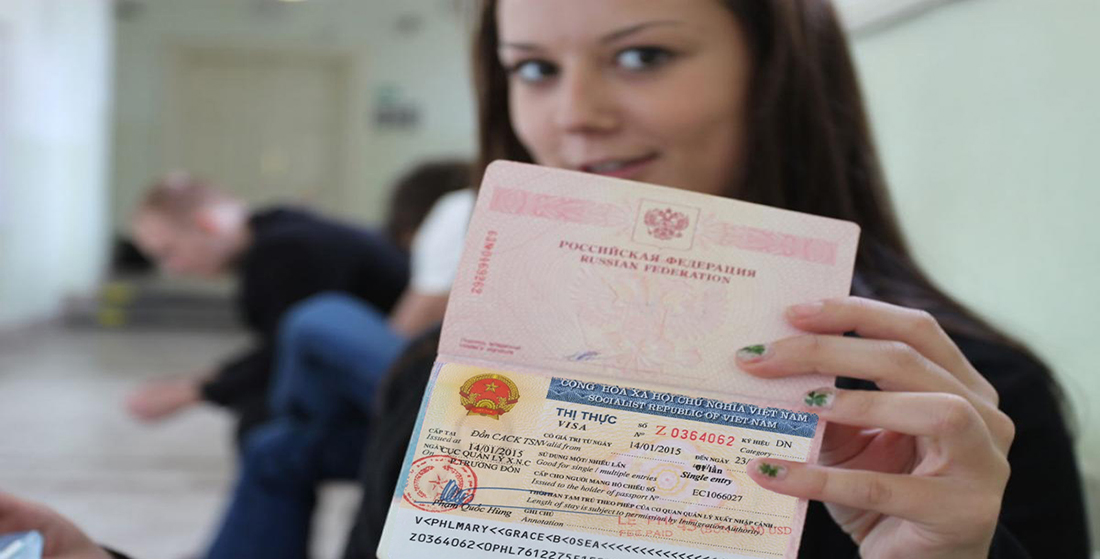
.jpg)
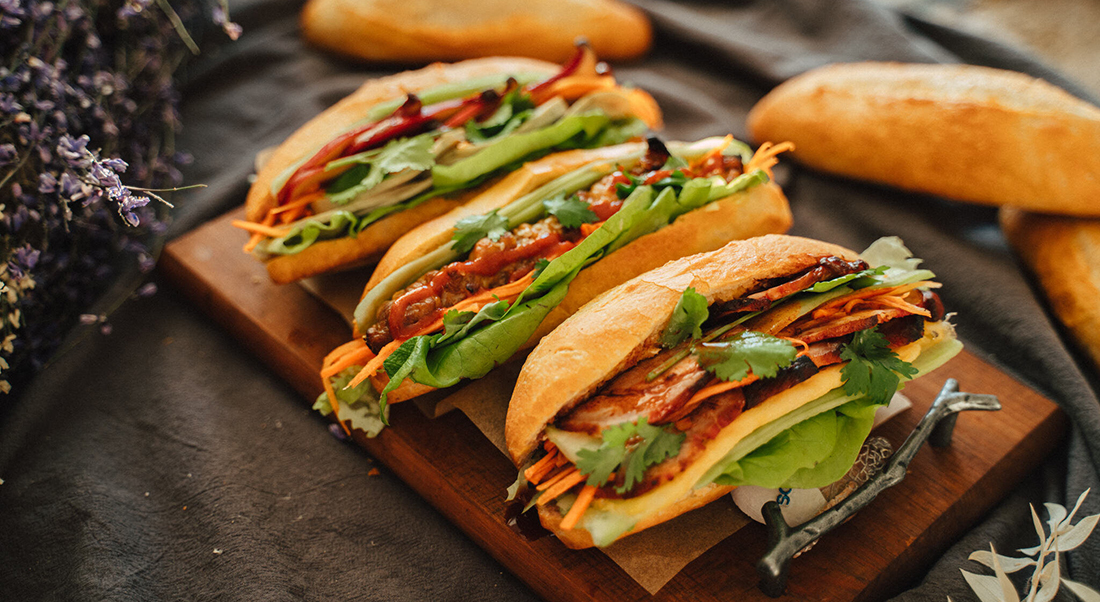
.jpg)
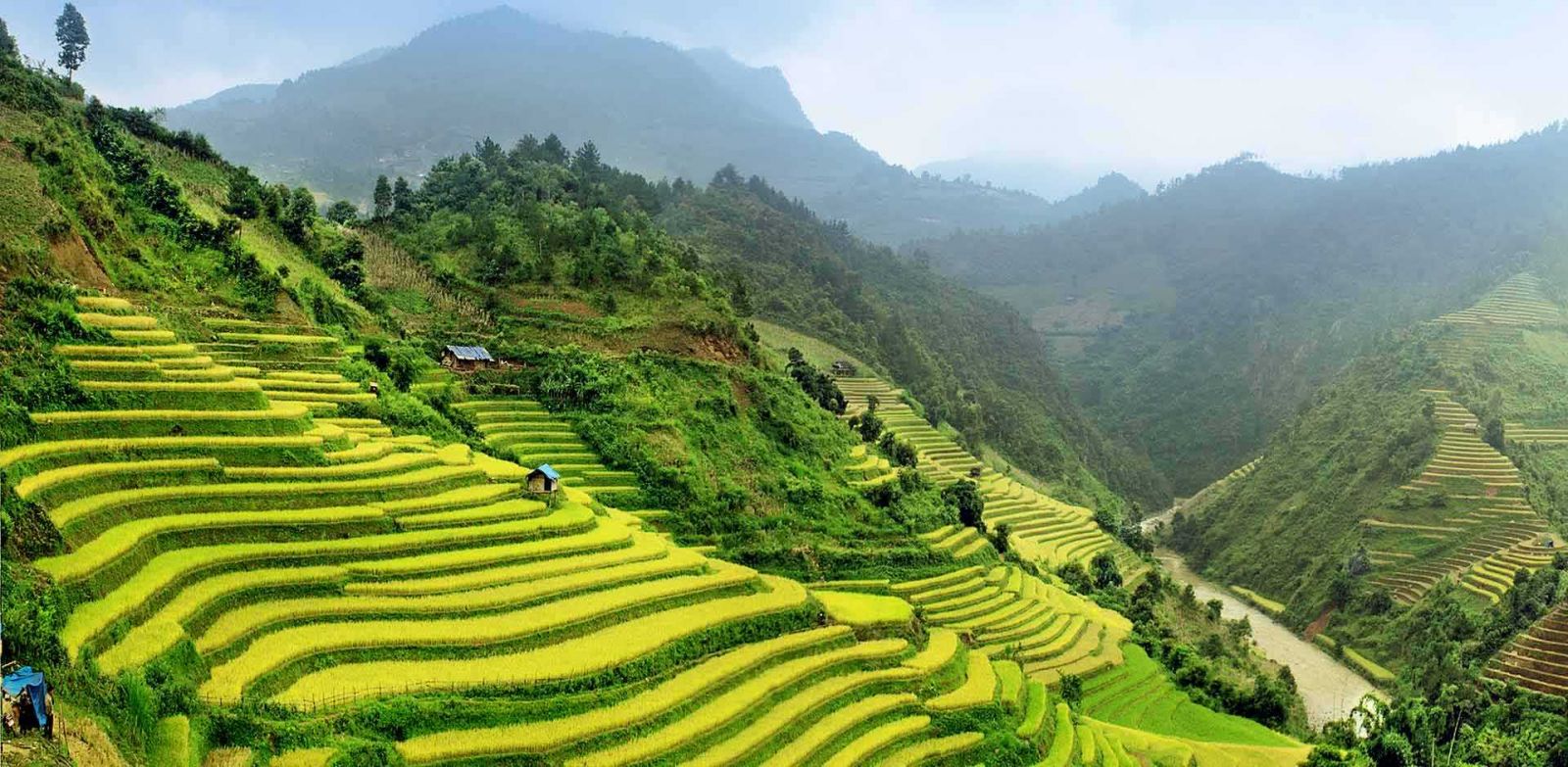
.jpg)
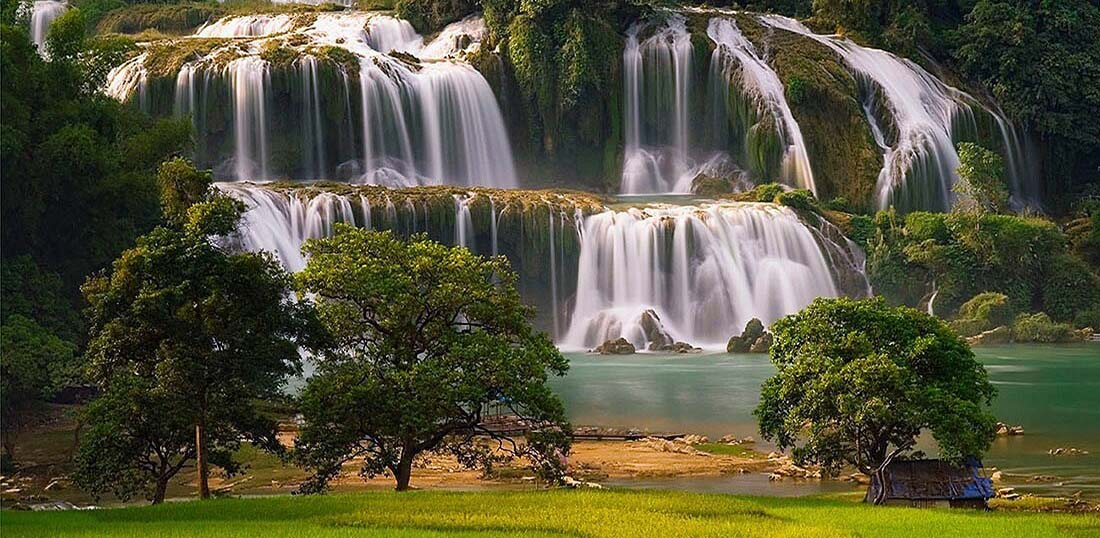
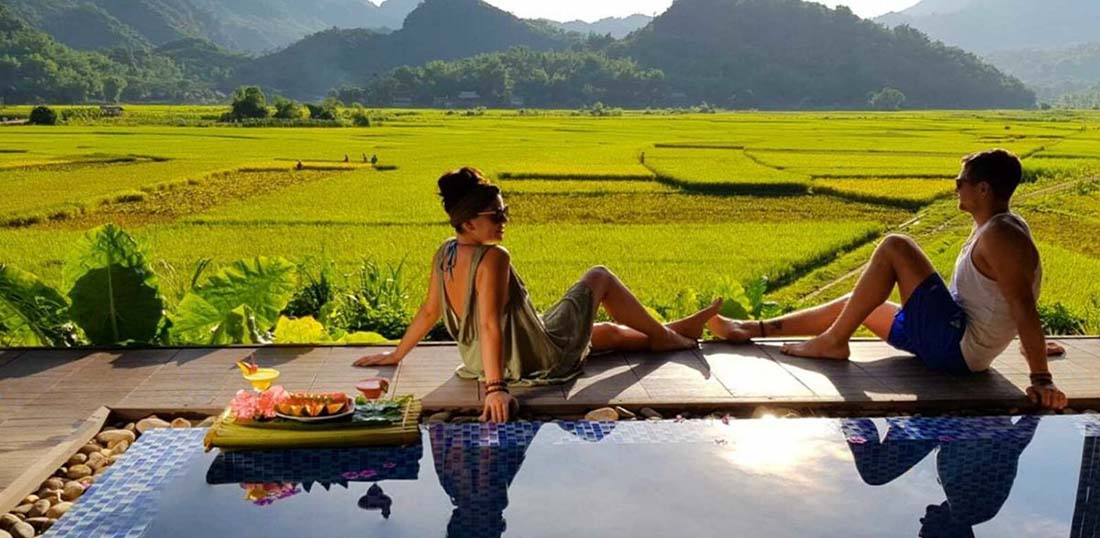
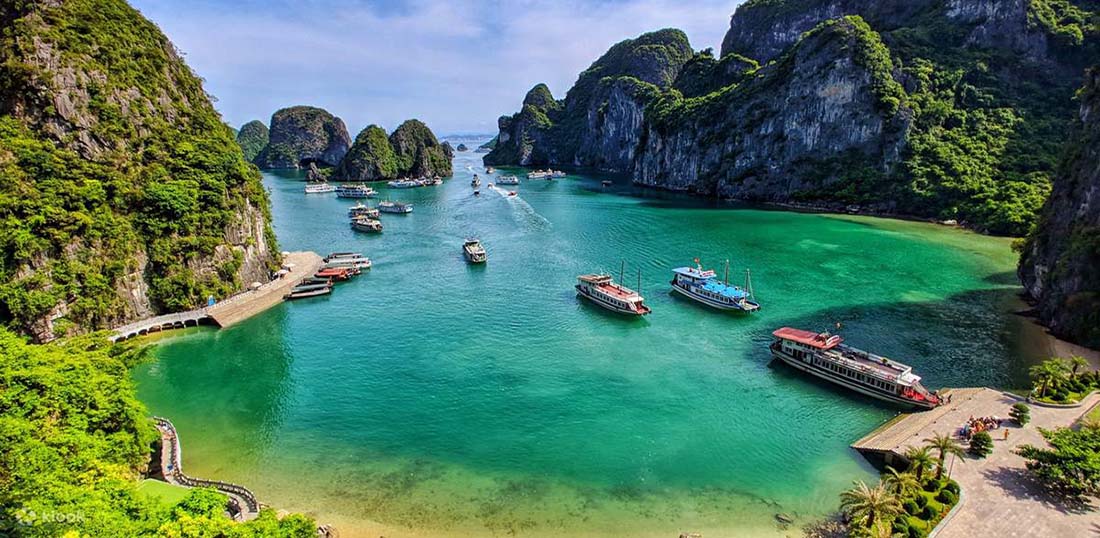
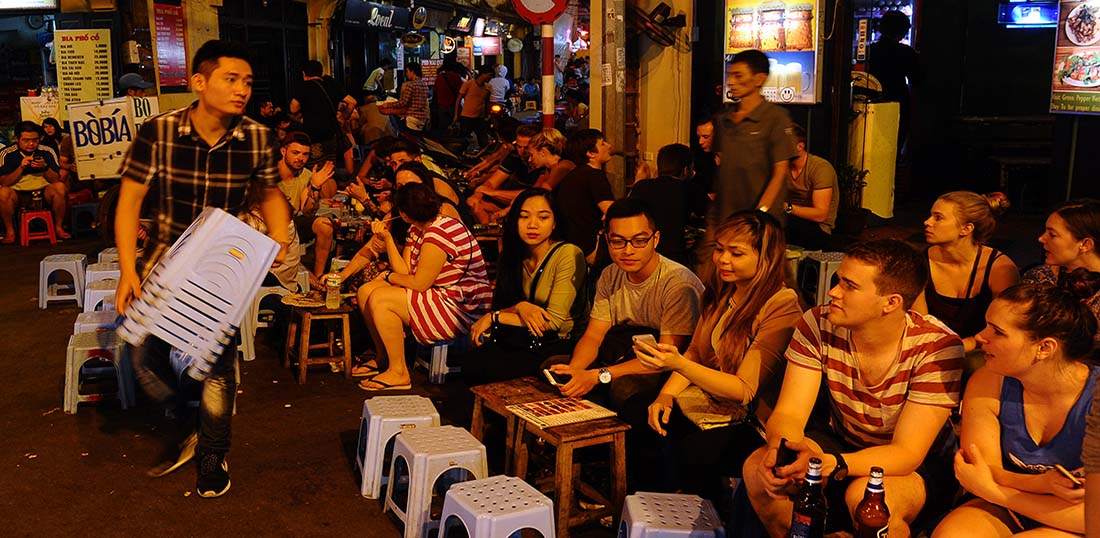
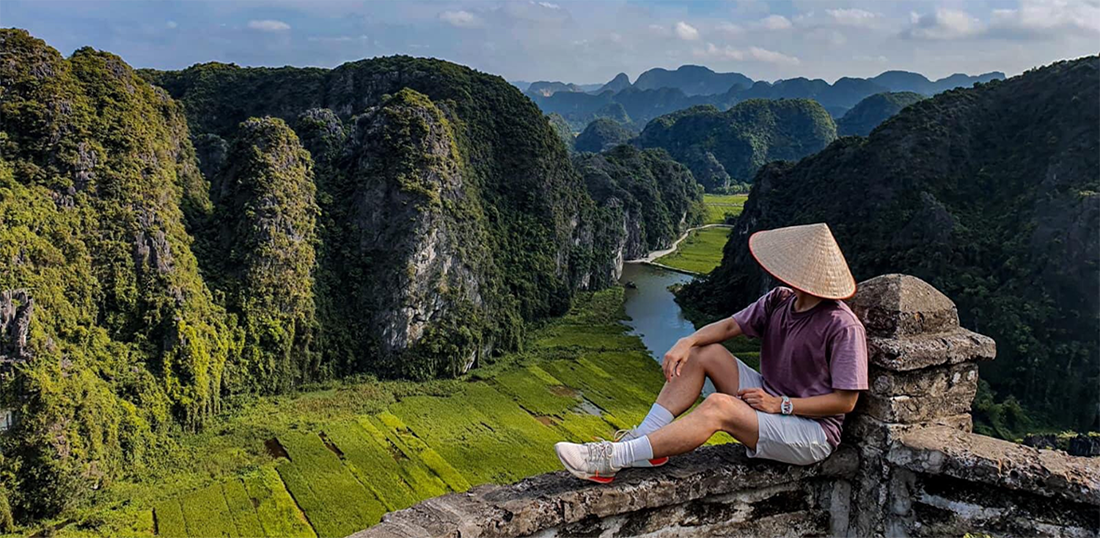
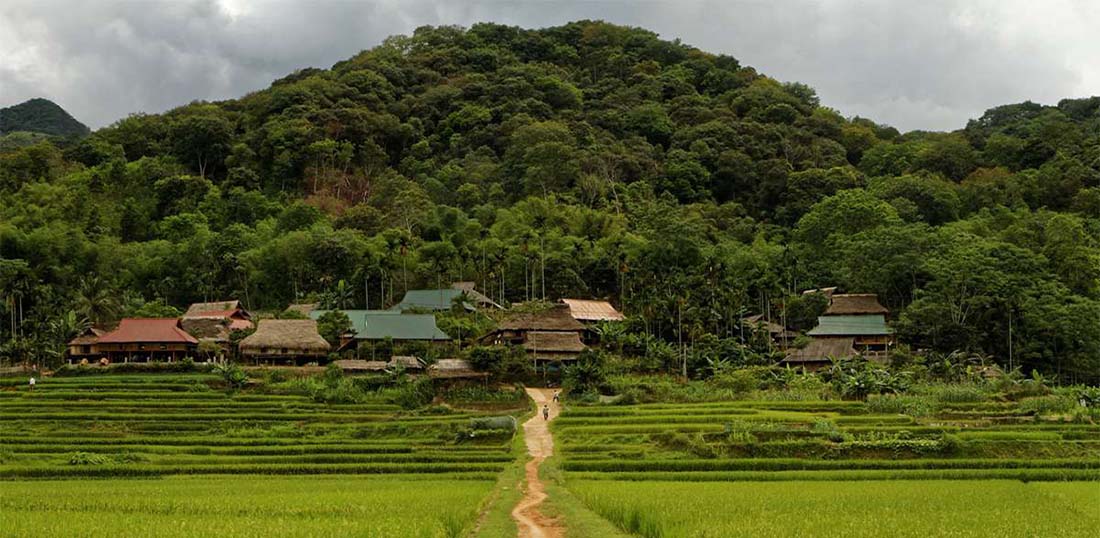
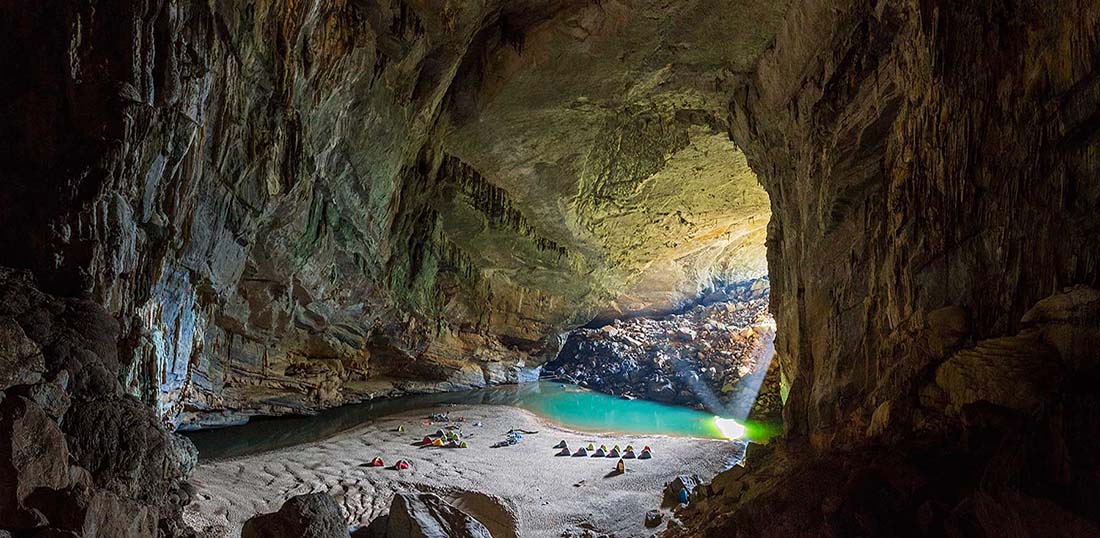
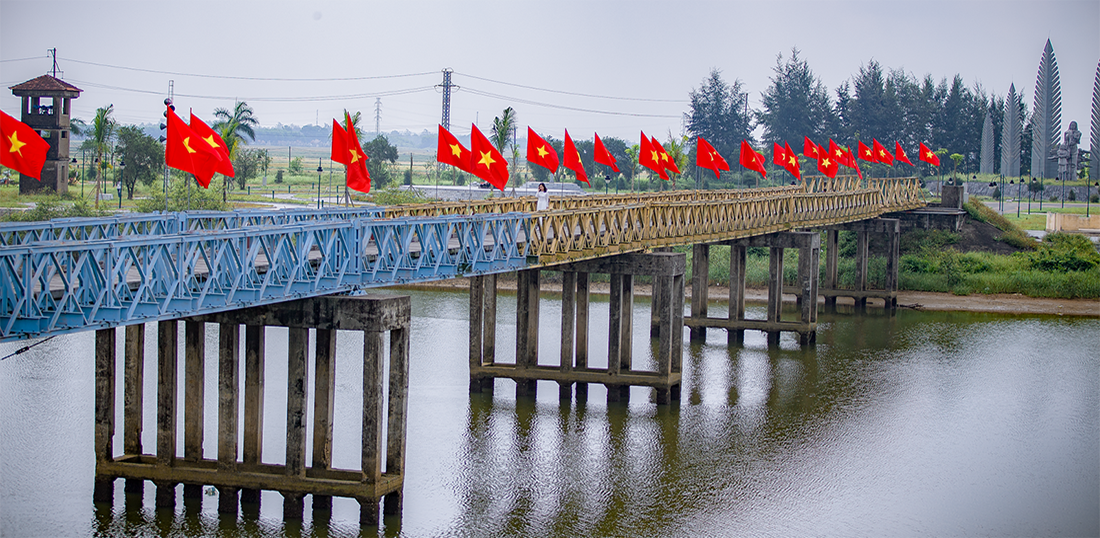
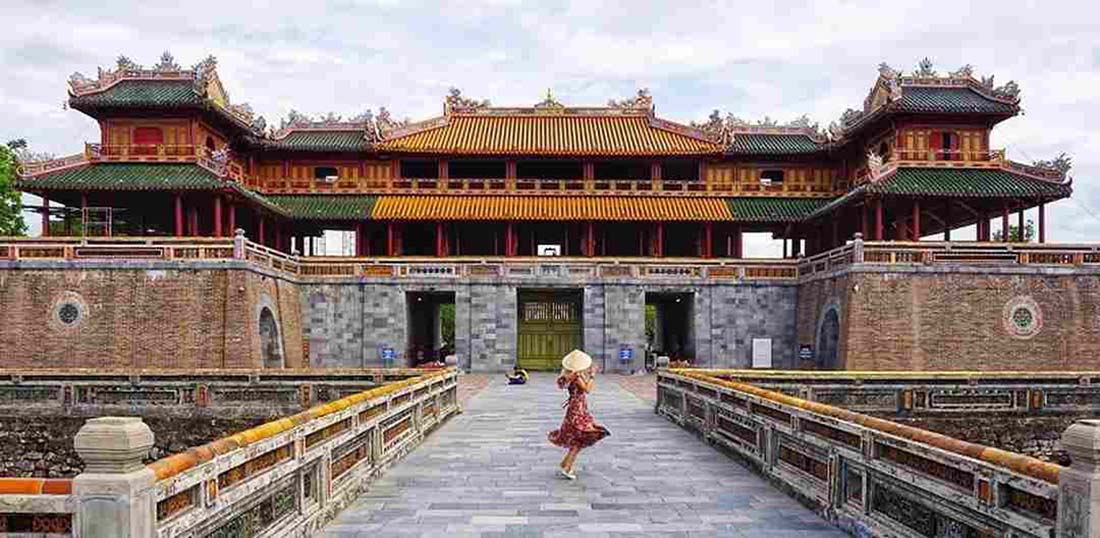
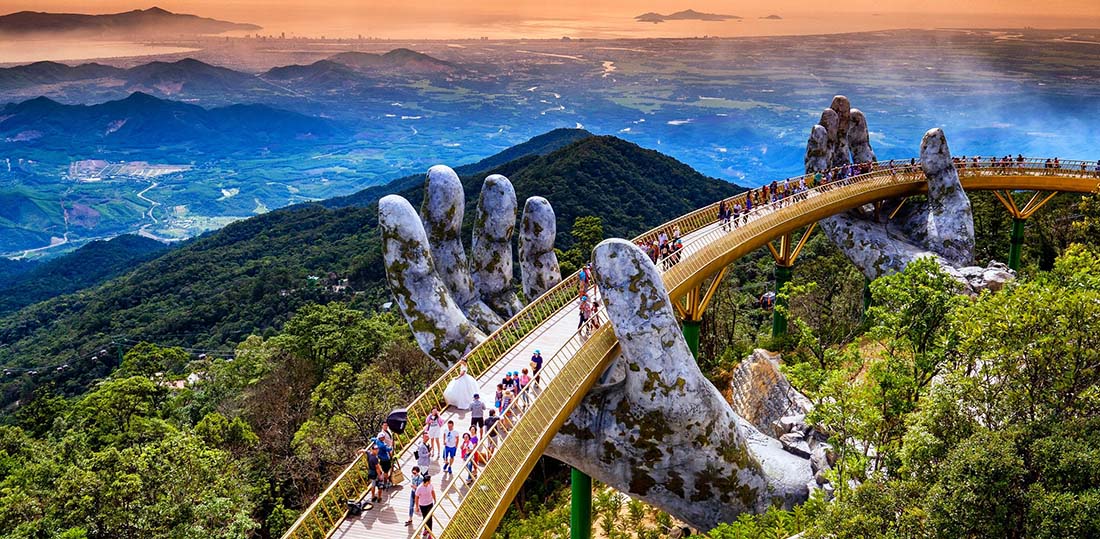
.jpg)
